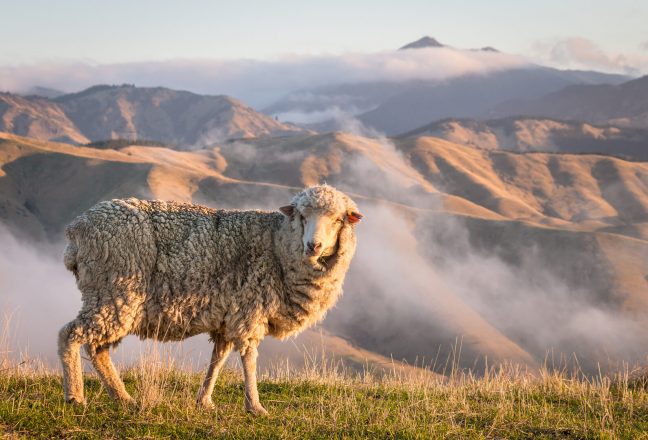ニュージーランドの主要セクターの経済見通しはCOVID-19による重大な課題にもかかわらず、明るい、農業、貿易、輸出成長大臣ダミアン・オコナーは火曜日に述べた。
オコナーによると、最新の第一次産業の状況と見通しレポートでは、2021年6月期期における食品および繊維の輸出収益は475億ニュージーランドドルを超え、翌年には49.2億ニュージーランドドル(348億米ドル)を記録しています。
「この強力なパフォーマンスは、ビジネスの運営と労働者を雇用し続けることに適応するセクターの能力の証です。生産者は、スタッフとコミュニティをCOVIDから安全に保ち、国内外で必要な食品および繊維製品を提供するために取り組んでいます」とO’Connor氏は語った。
「今年のスターパフォーマーには園芸部門が含まれます」と彼は言った。O’Connorは、園芸部門の輸出収入が71億ニュージーランドドル近くに達し、前年比8.9パーセント増加すると予測されると付け加えた。2020年初頭の収穫が成功し、新鮮な果物やワインに対する強い需要が続くことによって推進されています。
「2021年6月期の耕作部門では、5.3%の輸出収入がさらに増加すると予想され、バンパーの裏面では前年の23%増加が見込まれている」と彼は言った。
スチュアート・ナッシュ林業大臣は、林業輸出が回復の兆しを見せていると述べた。「中国からの丸太と米国からの木材に対する強い需要は、私たちの林業輸出の回復を促進している」とナッシュは述べた。
オコナー氏は、一部のセクターの輸出収益は、2021年6月までの年間は減少すると予測されているが、翌年にはさらに強く跳ね返ると予想されると述べた。
乳製品の輸出収益は、市場がCOVID-19の影響に対処し続けているため、世界の乳製品価格の低下に追い込まれ、2021年6月までの年間で 4.6% 減少すると予測されています。
「しかし、これは、中期的なセクターの強力な収益性を支えるために、特に中国からの乳製品に対する高い需要によって相殺されるべきであり、輸出収益は2022年6月期には20.1億ニュージーランドドルに達すると予想される」と彼は述べた。
COVID-19の影響はしばらく見られますが、ニュージーランドは回復する予定です、とオコナーは言いました。






























































